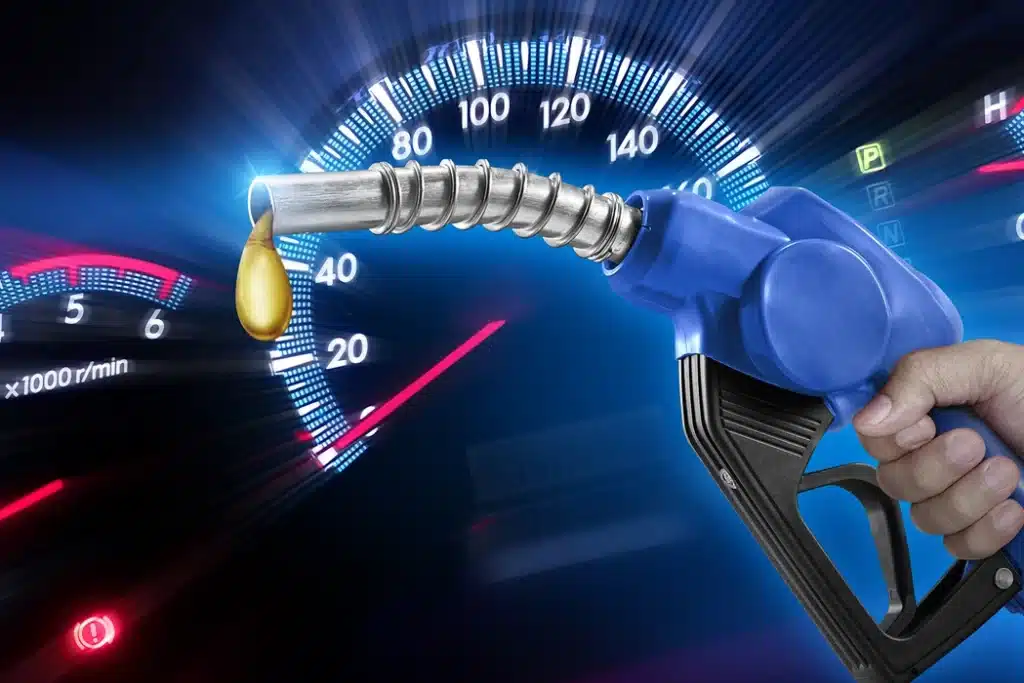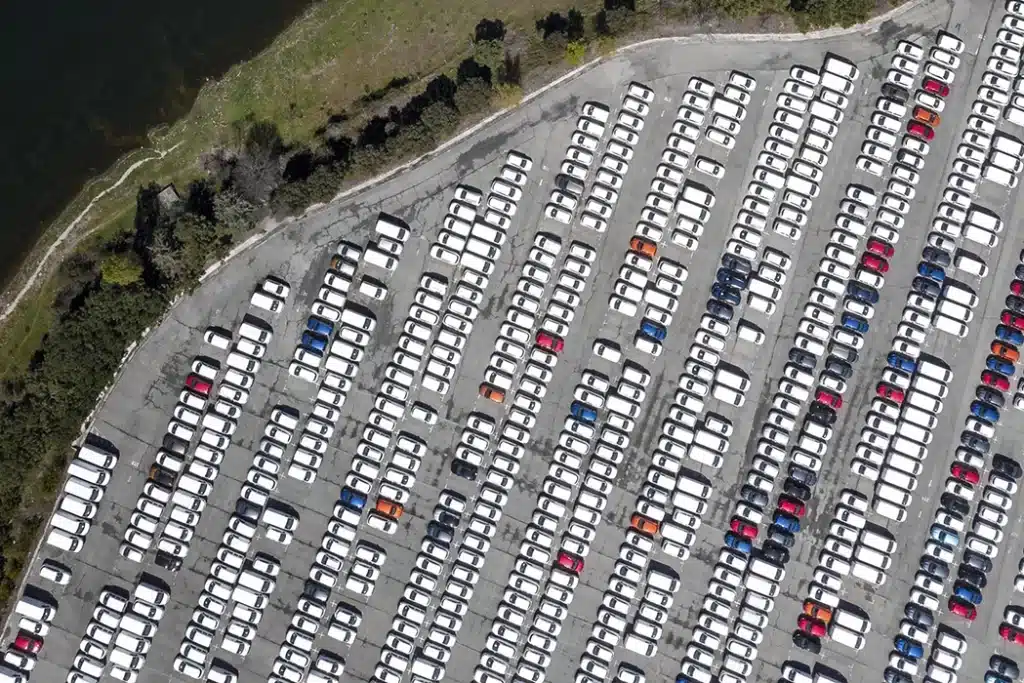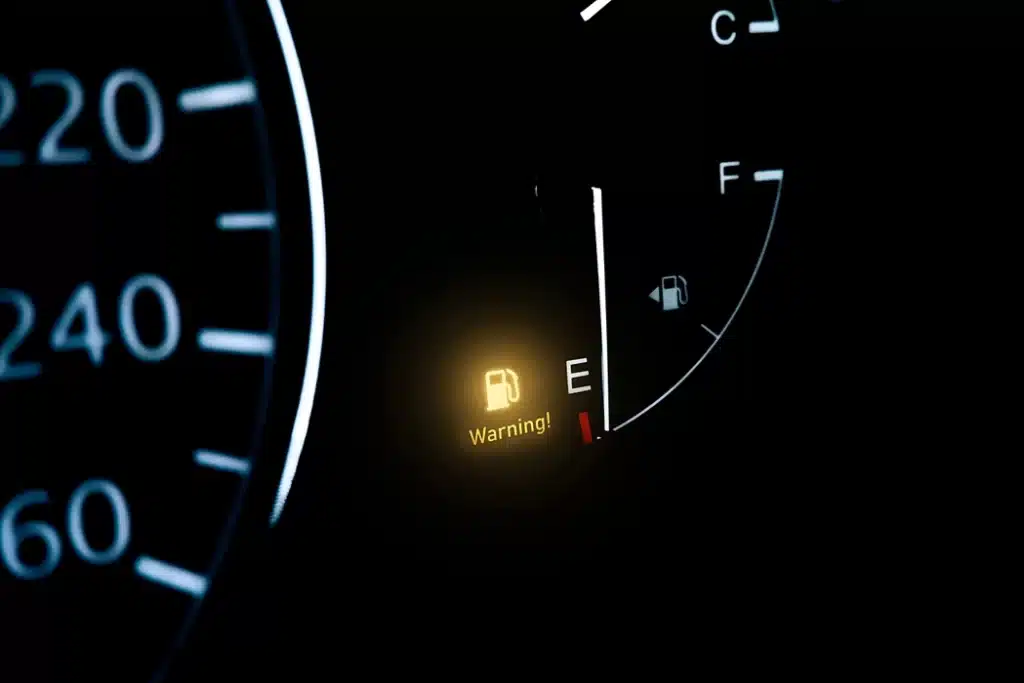Businesses have used GPS tracking for a long time. Yet, many people think that GPS tracking only includes vehicle tracking. So what if businesses need to track non-vehicular assets? GPS asset monitoring fills that need!
GPS asset monitoring tracks anything from big containers to even farm animals. In this post, we will explore 5 questions and answers that cover asset tracker basics.
1) What businesses regularly need asset trackers?
Many business industries use asset trackers. Let’s walk through 3 examples.
Transportation
The first example is the transportation industry. In addition to tractors, many fleets have trailers. “It’s very hard to monitor our trailers without trackers because most of our trailers look the same!”, said a manager.
Construction
The second example is the construction industry. A lot of construction companies leave expensive equipment on site. Therefore, in order to prevent theft, construction companies use asset trackers.
Mobile Products
The third example are businesses that provide mobile products. For example, portable toilet businesses rent out their equipment and use asset trackers to monitor their rented toilets.
2) How do asset trackers get power?
A buzz word in GPS asset monitoring is “self-sustaining”. Self-sustaining devices power itself. Two types of self sustaining asset tracking technology include:
Battery Power
Battery powered units are the most common asset tracking technology. Depending on the device, asset trackers can last for a few days or even a few years.
Solar Power
A newer asset tracking technology is solar powered asset trackers. Solar power trackers last much longer than its battery powered cousins because of its alternative solar power source.
3) Can people track assets in remote areas?
Some asset trackers work in remote areas. If the asset tracker uses satellite instead of cellular connection, then assets can be tracked regardless of its remoteness.
Why is remote tracking important? Some assets are stored in areas such as underground storages that don’t have cell towers. If it’s frustrating to get a cell signal in underground parking, imagine trying to keep track of hundreds of assets!
4) What are some essential asset tracker functions?
The two biggest features include live maps and trip reports.
Live maps
Live maps means all assets are plotted onto a single view. Users can then locate and monitor hundreds of assets. Live maps are crucial to preventing theft. Not only can live maps locate assets, but users can set up unauthorized use alerts in most programs.
History reports
Who has time to view a map all day? History reports recognize that most people cannot sit and watch a monitor for the entire day. History reports create a report on the asset’s location throughout a specified period.
5) What are some advanced tricks to get the most out of an asset tracker?
We’ll cover a good trick in this post – trailer utilization reports. Utilization reports are an important concept for planning trailer operations.
Utilization describes how many trailers are available and how often trailers are used. In other words, utilization measures if a business is using its resources to the fullest potential.
GPS asset monitoring provide idling reports to measure utilization. Idling reports show which trailers are idling and for how long. As a result, fleets can assign lightly used trailers to drivers rather than wasting the trailers.










































